| Address: | 201 Regan Street, Hominy, Oklahoma | County: | Osage |
| Started: | October 1935 | Completed: | May 1937 |
| Agencies: | WPA | NRHP Date: | May 20, 1994 |
Current Usage:
Fire Station
Description:
A single story, rectangular (257′ x 141 ‘) structure, the Hominy Armory is constructed of rusticated and randomly laid native sandstone. Pilasters, an extended front entry facade with decorative stone work and elongated windows provide stylistic features. Equally important are bas-reliefs of the American Eagle and crossed rifles. Above the drill floor the roof is arched, while elsewhere it is flat. Parapets are capped with and window sills are constructed from pre-formed concrete blocks. Five garage doors provide vehicle entrance into the building. Windows are metal casements. Enclosing three of the front windows with wood inserts have not impeached the integrity of the building.
The Hominy Armory is significant because it symbolizes the maturity of the Oklahoma National Guard as a military unit. Hardly 30 years old in 1936, the guard had served well in state and national crisises but still occupied temporary-like facilities and thought of itself as second class. The Hominy Armory and 56 others like it, all built by 1943, brought pride and self-respect, instilling a measure of confidence that enabled the guard to render distinguished and heroic service during World War II. Construction also provided jobs for the jobless and created a structure that architecturally was wholly unique in Hominy in terms of type, style, materials and workmanship.
VERBAL BOUNDARY DESCRIPTION: Lots 2-7, Block 20, Hominy original plat
Hominy received word of the decision to build a WPA armory there on June 21, 1935. General W. S. Key, WPA administrator for Oklahoma, announced that it was to be one of fifty-six armories constructed in the state at a cost of nearly $2.3 million. This was welcome news in Osage County, formerly the Osage Indian Reservation and an area rich in oil and cattle. A depressed oil industry and the corresponding decline in Osage tribal mineral royalties, combined with the second of three straight years of drought with resulting crop and pasture failures, added to the miseries of a national economic crisis. Not only would a WPA project stimulate the local economy and provide work for those on relief, it would also provide Battery D with much-needed headquarters and Hominy with a community center. During the next several weeks, a site was chosen at the northwest corner of North Regan and Pine. The land was purchased, quarrying of stone began, and the first contingent of laborers were chosen from the rolls of the National Reemployment Service. Preparation of the site began in late October 1935 with actual construction beginning November 8. A temporary halt occurred in mid November while state and national officials differed over allocation of funds. But by late November construction was well underway with nearly fifty men employed. The editor of the Hominy News remarked that such work meant that workmen were “employed at a sustaining wage instead of facing the winter under the humiliating influence of the dole and a few days of relief work.” While the wages were low, they provided “a safeguard against human suffering and an opportunity to each of the workers to retain his self-respect.” The pace of construction was unusually slow because of bad weather during the winter of 1936-1937 and, perhaps, turnover among the local project directors. The armory was not completed until late in the spring of 1937. The $50,000 sandstone building, with its offices, class rooms, store rooms, arms vault, garages for twenty trucks, and large drill hall, was one of the most impressive structures in Hominy. The dedication on May 18, 1937, complete with a parade, banquet, dance, and speeches by local dignitaries and General W. S. Key, affirmed the importance of the armory to Hominy and the effectiveness of the WPA program. Within a month the new armory was in use not only by the Guard but also as the site of community dances, with music provided by Chief Shunatona’s Indian Dance Band and the Flint Hill Cowboys.
The Hominy Armory served the local Guard unit from its dedication in 1937. Battery D, 2nd Battalion, 160th Field Artillery, was organized in 1920 and transferred to Hominy from nearby Pawhuska, Oklahoma in 1924-1925. [3]
Sources:
- Oklahoma Landmarks Inventory Nomination
- The Living New Deal
- National Register of Historic Places Registration Form
- News 9 Article, City Takes over Armory in Hominy
- Wikipedia Article
Supported Documents:
- WPA Properties Osage County – Hominy Armory
- National Register of Historic Places Support Document
- National Register of Historic Places Nomination Form

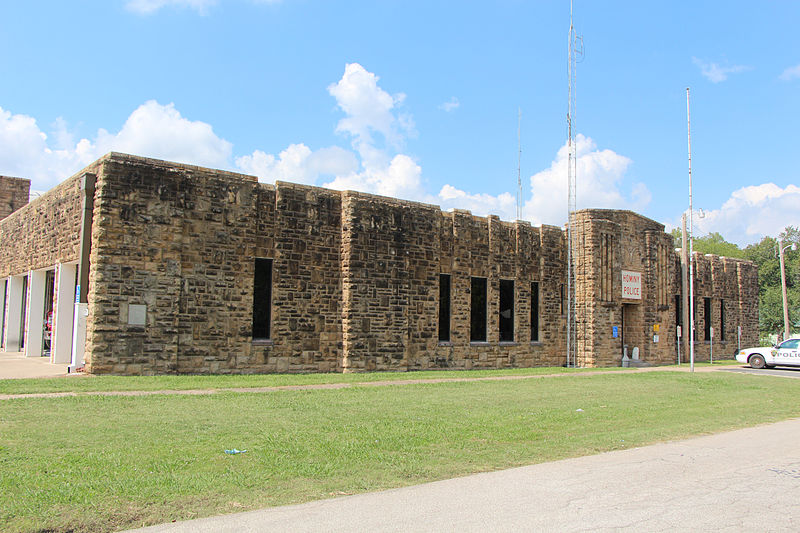
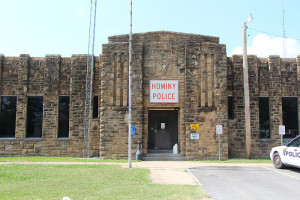
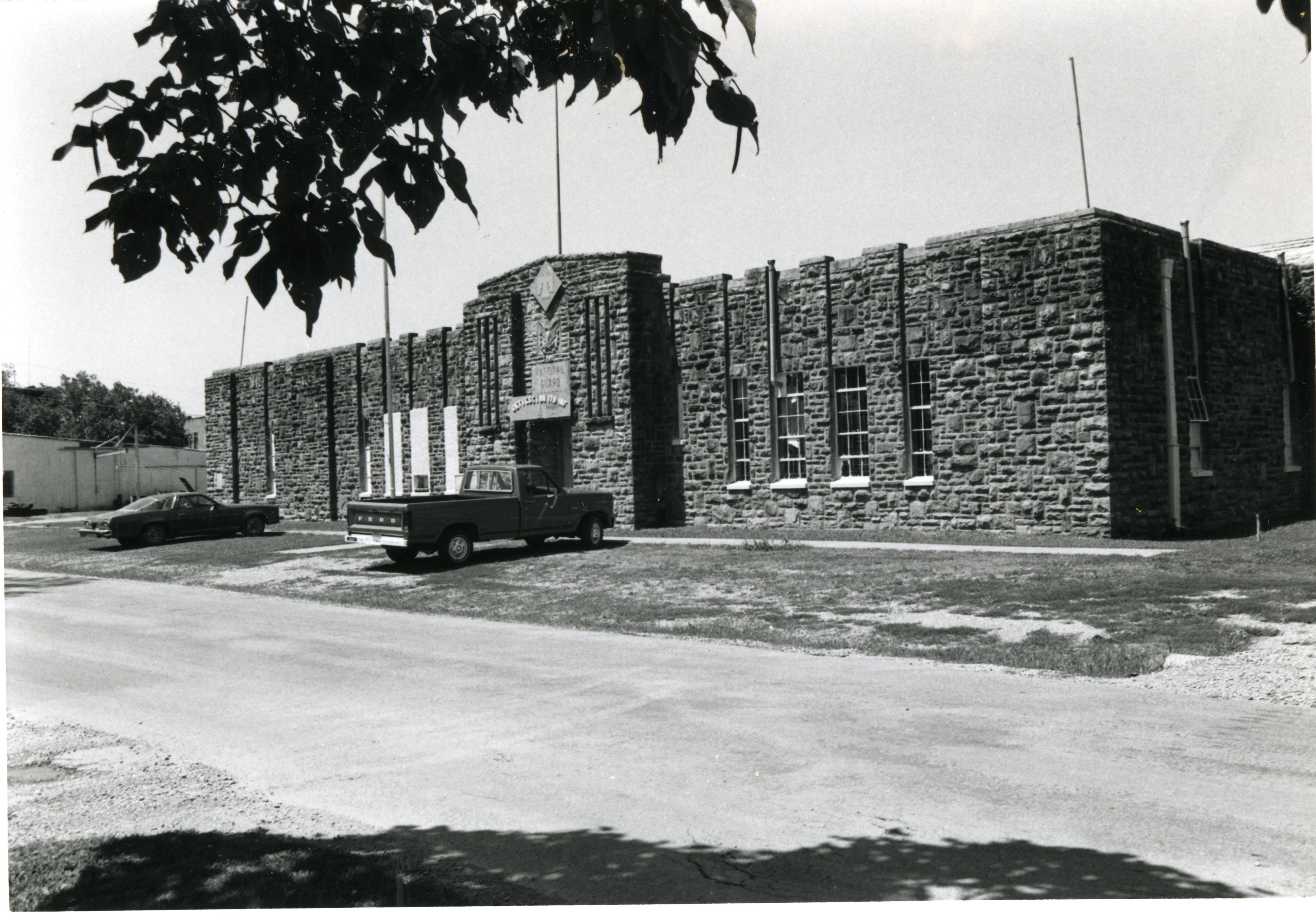
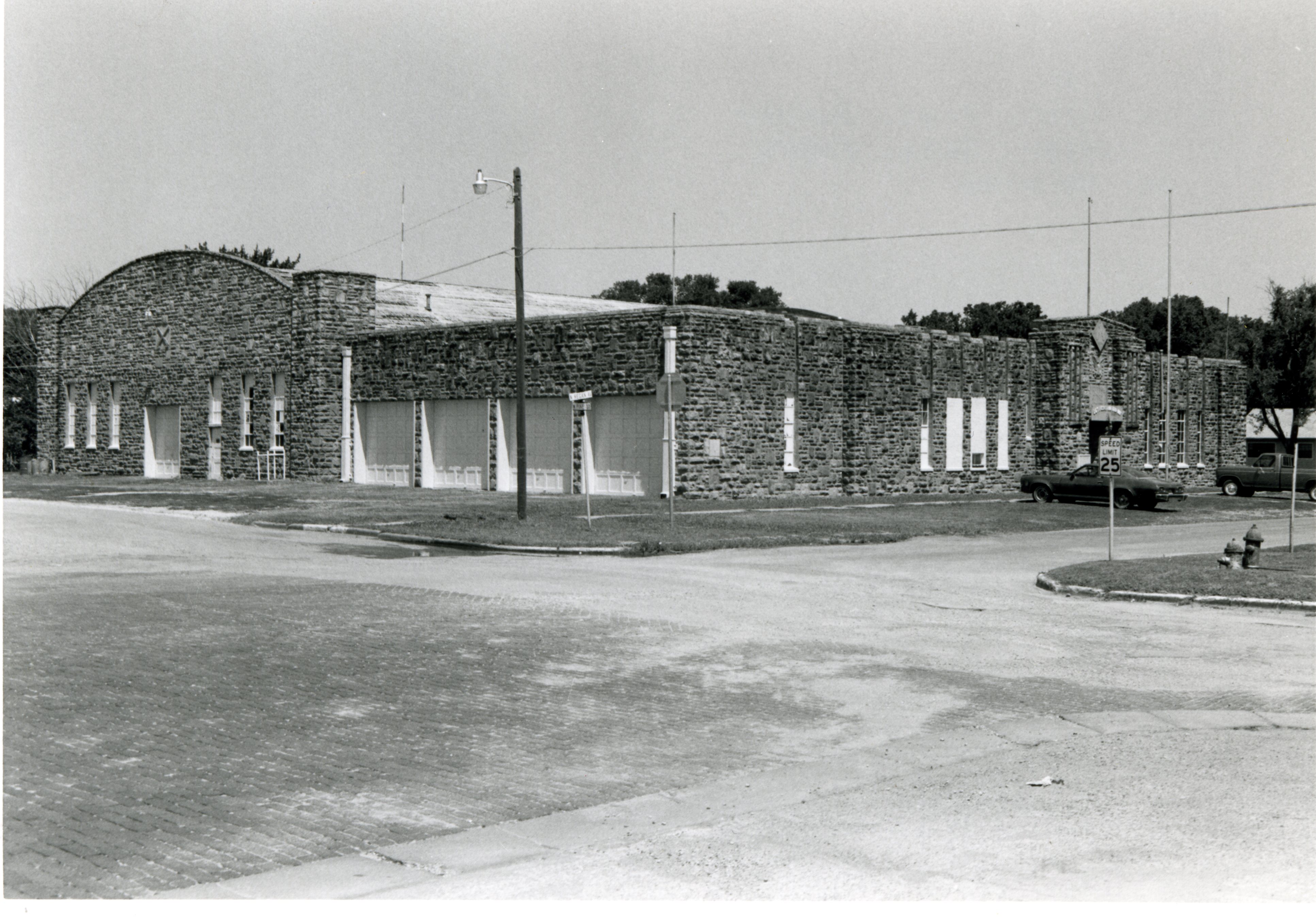
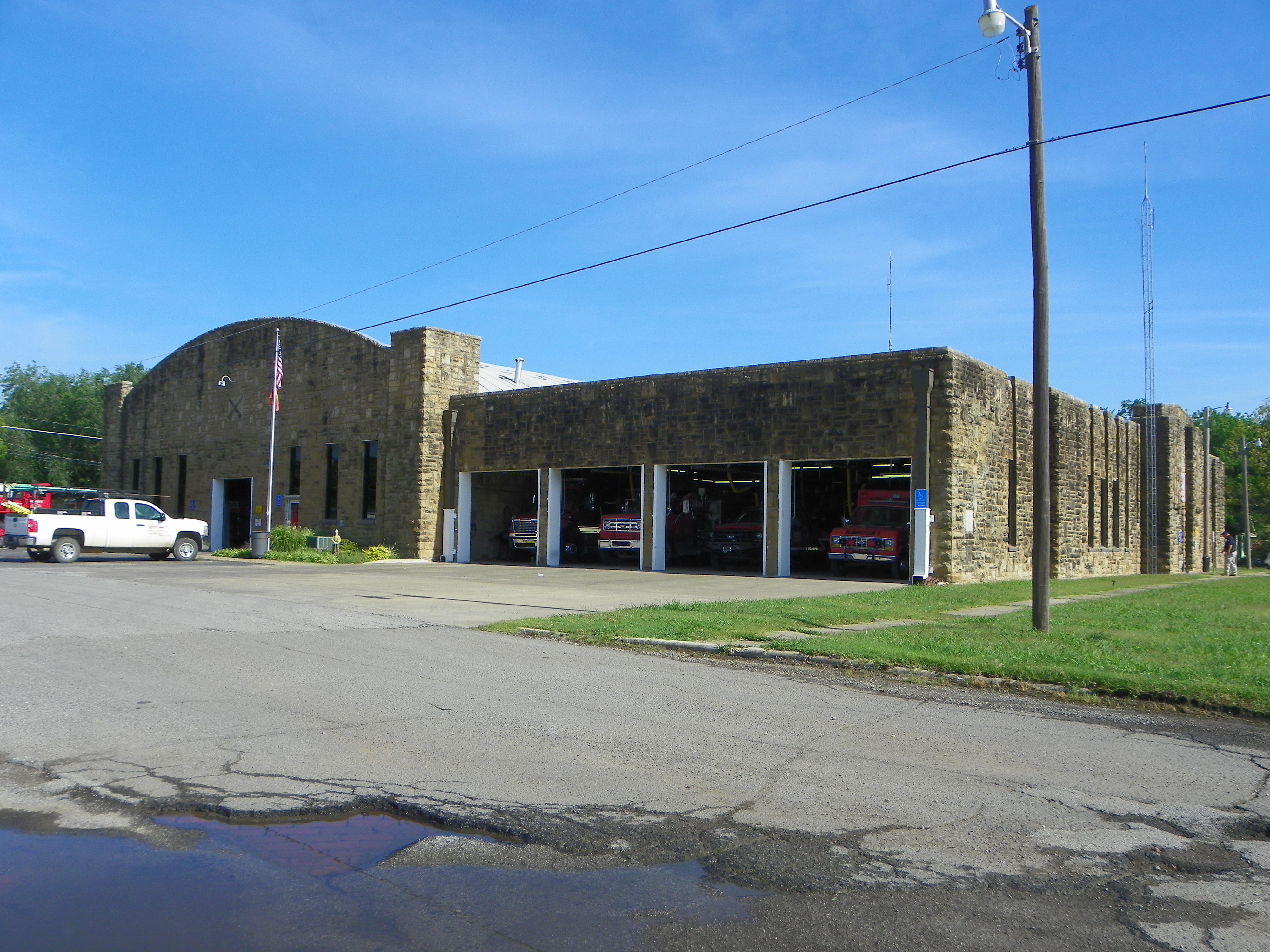



Leave a Reply